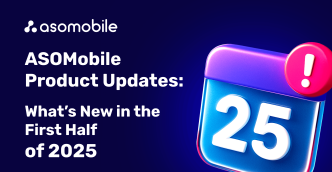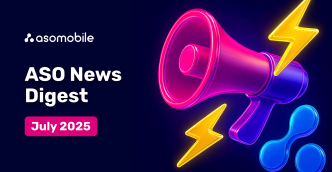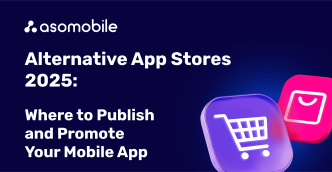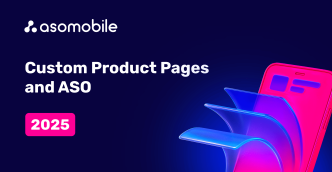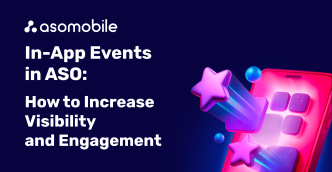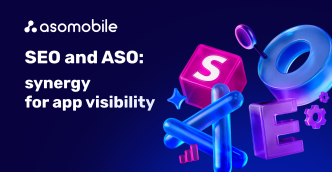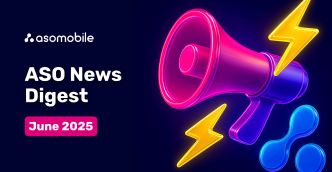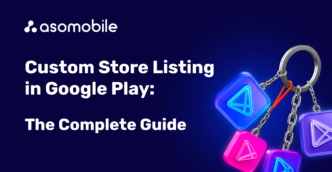Mobile Market & Money: App Monetization in 2025
Magic is forbidden outside of Hogwarts, but app monetization in 2025 didn’t get the memo. Why magic? Because what else can you call turning lines of virtual code into real money? And this magic is accessible to everyone! In a world where even your alarm clock requires a subscription, monetization is a must-have - no wand required.
Every app needs a well-thought-out strategy to achieve financial success. In this article, we’ll break down what such a strategy includes, explore different monetization models, how they differ from game monetization, and how to manage the process to ensure your app delivers not just stars but stable revenue.
So, shall we start shoveling in the cash?
The Three Pillars of Monetization
Premium, Freemium, and Paymium. If Premium is already familiar to many, Freemium and Paymium might still be unclear. Let’s explain them using an ice cream stand as an example.
Premium is like buying ice cream upfront. You pay once - it’s yours. The user downloads the app, pays, and uses it. Simple and clear. But in 2025, users prefer to try first and then decide. There are two common approaches: paying for the app or premium features (extra tools, options, exclusives, etc.). Payment for app downloads is processed via the app stores (used by 3.1% of Google Play apps and 5.8% of App Store apps). Premium versions can be purchased as a one-time fee or via subscription. Subscriptions alone generate a massive 82% of all non-gaming app revenue.
Tip: No one wants to pay blindly - and that’s precisely what Premium free trials solve. Let users explore and experience the full value before paying. Familiarity leads to trust - and payment.
Example Premium Apps: Forest (productivity), TouchRetouch (photo editor)
Freemium means free to download, but with paid features. Like entering a park for free, but paying for the ice cream inside. This lets users engage with your app and naturally desire the whole experience. In-app purchases (IAPs) are the most effective monetization method, generating a record-breaking 48.2% of total app revenue.
Advertising is also crucial in Freemium apps, especially native formats like banners, rewarded videos, and interstitials. The key is seamless integration - engage without annoying.
Tip: In-app purchases aren’t the only way to earn. Successful Freemium models often blend revenue streams: one-time purchases (extra lives, event access), ad removal, affiliate marketing, and more.
Example Freemium Apps: Duolingo, MyFitnessPal
Paymium is rare. Users pay to download the app and can also make in-app purchases. It works when the developer knows their app is premium-level. Think of it as paying for chocolate ice cream, then adding nuts and caramel.
Tip: Paymium fits well in niches like fitness, psychology, wellness, and sleep. These apps usually offer solid, valuable content. Extra features (e.g., dream interpretations or training logs) can be sold separately.
Example Paymium Apps: Sleep Cycle, 7 Minute Workout
Monetization Model Comparison
| Model | Entry Barrier | Revenue Potential | Best for |
|---|---|---|---|
| Premium | High | Medium | Utilities, offline tools |
| Freemium | Low | High | Education, finance, lifestyle |
| Paymium | Medium | Medium–High | Fitness, psychology, wellness |
The app market is vast; even these three giants can’t conquer it all. That’s why hybrids are increasingly common - ads + subscriptions + IAPs. It’s a win-win. Users choose whether to pay with money, time, or attention. This flexible model has become the industry standard.
App vs. Mobile Game Monetization
Before diving into game monetization models, let’s highlight several key factors:
- Monetization planning should begin with development. The game’s structure, gameplay, difficulty, features - nearly everything - depends on your chosen monetization model.
- Track key metrics from the start. For example, Day 7 retention above 10%, payers above 10%, and 30 %+ DAU watching ads.
- Developers vs. Players. There are paid and free games. Free-to-play (F2P) dominates today’s market. Developers invest heavily and expect returns, while players only want to play for free and pay occasionally. Developers must avoid harming user experience by forcing payments. Encourage purchases subtly and at the right moments.
- Consumable vs. non-consumable IAPs. Consumables (coins, lives, boosters) should sometimes be given for free to increase demand. Non-consumables (skins, levels, characters) offer ongoing value.
Mobile games are a different universe - with various designs, goals, and users - but monetization remains similar to other apps. Games have even more room for hybrid models than utilities or shopping apps.
Mobile games are monetization machines. And they work. According to Statista, the mobile gaming market surpassed $170 billion in 2024. Let’s break down the most common monetization methods:
- Advertising: Banners, rewarded video, and interstitials - use them all. Users get a reward for watching; developers get paid. Win-win.
- In-app purchases (IAP): Skins, boosters, energy, lives, levels. Effective because users identify with their in-game personas.
- Battle passes & subscriptions: Monthly payments for special in-game perks. Especially successful in PvP and competitive genres.
- Freemium gameplay: It’s all free... until progress slows to a crawl without spending. That’s where payments come in.
Tip: Games aren’t monetized by “Buy” buttons alone - deep player behavior analysis is key. Know when a user is ready to pay, and you’ll win the monetization game.
General recommendations for monetization of mobile apps
To estimate downloads and revenue, we will use available analysis tools - Downloads and Revenue.
Measuring downloads will allow us to plan our monetization strategy well, track seasonal peaks and valleys, and respond to user behavior.

Thus, Downloads from ASOMobile give the most complete picture of our app and competitors in any geo.
In addition to the number of downloads, we consider the income level - everything affects it the same way, and it is essentially a KPI of our app monetization strategy. Do not forget to look at competitors. Downloads can be found in the ASOMobile Revenue tool.

Parting Words & 2025 Monetization Trends
How not to get lost in monetization - and come out profitable:
- Monetization in 2025 is all about flexibility. No more “either/or” models. The winners are those who skillfully combine monetization strategies. Mixing relevant and user-appropriate models is the foundation of any successful monetization plan.
- Don’t be afraid to experiment. A user might cancel a subscription but stay for ads. If a premium feature is offered at the right moment and in the right way, they might buy it.
- Games are a goldmine, but they require precision. Without analytics, A/B testing, and common sense, they’re on the fast track to failure.
- Most importantly, think about the user. Revenue comes to those who offer real value, stay honest, and build with heart (and just a little marketing magic).
Key Monetization Trends in 2025:
- AI-optimized pricing: Subscription and IAP costs tailored to user behavior
- Micro-subscriptions: Access to a single feature for €0.99/month instead of a complete premium plan
- NFTs and tokenization in games: The hype may be over, but a niche of loyal collectors and players remains
- Deep social integration: Paid content access via Instagram or TikTok, gamified recommendations
Take a deep breath, straighten your back, and go monetize! In 2025, it’s more real than ever before.
 Українська
Українська  Русский
Русский  Español
Español 